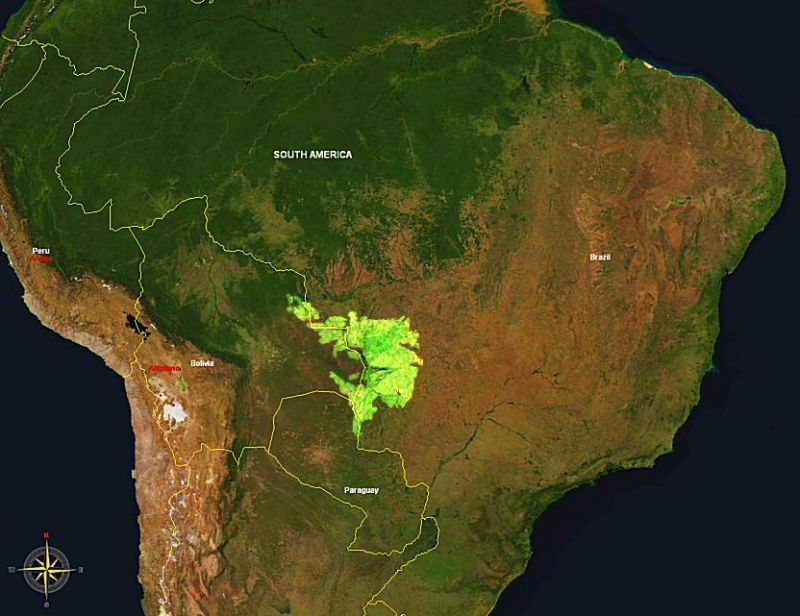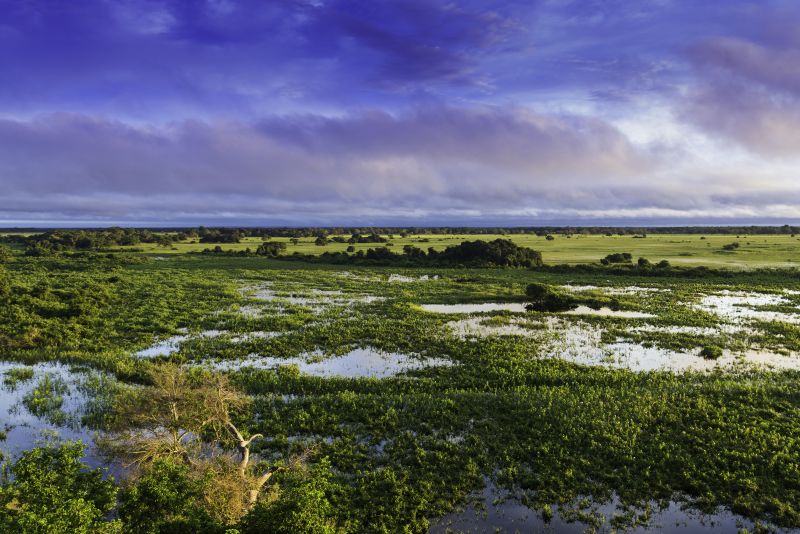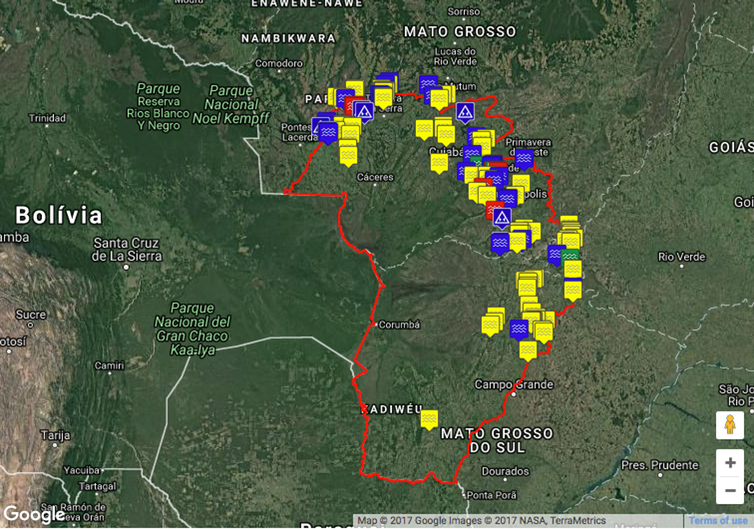Hydroelectric Dams Threaten Pantanal - One of the World's Great Wetland
Published on by Water Network Research, Official research team of The Water Network in Government
The Pantanal is the world’s largest tropical wetland and covers an area slightly larger than England. Now, the region’s endangered plants and animals, along with its still undiscovered secrets, may be wiped out in return for cheap hydroelectricity.

Source: Wikimedia Commons
It lies mostly on a huge floodplain at the foot of Brazil’s southwestern highlands, but a fraction also spills over into Bolivia and Paraguay. In the wet season, from October to April, water washes down from those highlands bringing with it nutrients and fish and leaving most of the region underwater. When the rains finish, and the ground dries up, the landscape changes once again.
Seasonal variation on such a massive scale means the Pantanal contains a diverse range of plants and animals that have adapted to thrive in standing water or waterlogged soil. The region is home to more than 1,000 bird species and 300 mammals including the jaguar, capybara, giant otter and tapir.

Pantanal, Mato Grosso, Brasil, Source: Wikimedia Commons
Yet the Pantanal is now threatened by Brazil’s thirst for hydroelectricity. We are part of a group of researchers investigating the state of Mato Grosso, where the rush to build dams is particularly apparent. Mato Grosso holds the upper reaches of the Pantanal, but is probably more famous for the Amazon rainforest in the north of the state and the enormous “fazendas” (large farms) on its fringes which produce soya, beef and cotton.
This mixture of natural resources and fertile land means Mato Grosso has a long history of environmental issues. However, if the state today is recognised as a deforestation hotspot, soon it may be known for its dams. This is because the height difference between the rainy plateau in the north of the state and its southern plains means there is lots of hydroelectric potential.
In the Amazon, the impacts of the bigger dams have been well documented. Fish numbers are down, and irregular floods have exposed dry land that had previously been submerged during the wet season.

The Paraguay river upper basin (red). The Pantanal (centre) is surrounded by dams, with more to come (blue = operational; green = under construction; red = authorised; yellow = under study ), Via: The Conversation
Less research has been conducted in the Pantanal basin but the few reports that have investigated dams there report similar results. Additionally, one larger dam led to river depth fluctuating by several metres over weekly or even daily periods, confusing fish and affecting water quality. Less is currently known about the impacts of the smaller hydroelectric dams but, as they still store some water in the reservoir in order to produce energy at peak times, especially in low-flow rivers, they thus also affect the river’s daily fluctuations.
Read full article and see more photos: The Conversation
Media
Taxonomy
- Protected Areas
- Watershed Management
- Resource Management
- Water Resource Management
- Ecosystem Management
- Ecosystem Management
- Watershed
- Wetlands
- Integrated Watershed Management
- Hydropower
- Dams
- Wetlands
1 Comment
-
The construction of dams and the accumulation of water are a mistake of humanity.The increase in artificial fumes and the reduction of organic led to climate change.63% of the land we took from nature, turning it into arable land, reservoirs, asphalt.Water must pass through food and vegetable channels.Evaporation from the asphalt and surface of artificial reservoirs reduces the link in the natural chain.
Строительство плотин и накопление воды - это ошибка человечества. Увеличение искусственных испарений и сокращение органических привело к изменению климата. 63% суши мы отобрали у природы превратив ее в пашни, водохранилища, асфальт. Вода должна пройти через пищевые и растительные каналы. Испарения с с асфальта и поверхности искусственных водоемов сокращает звено в природной цепи.